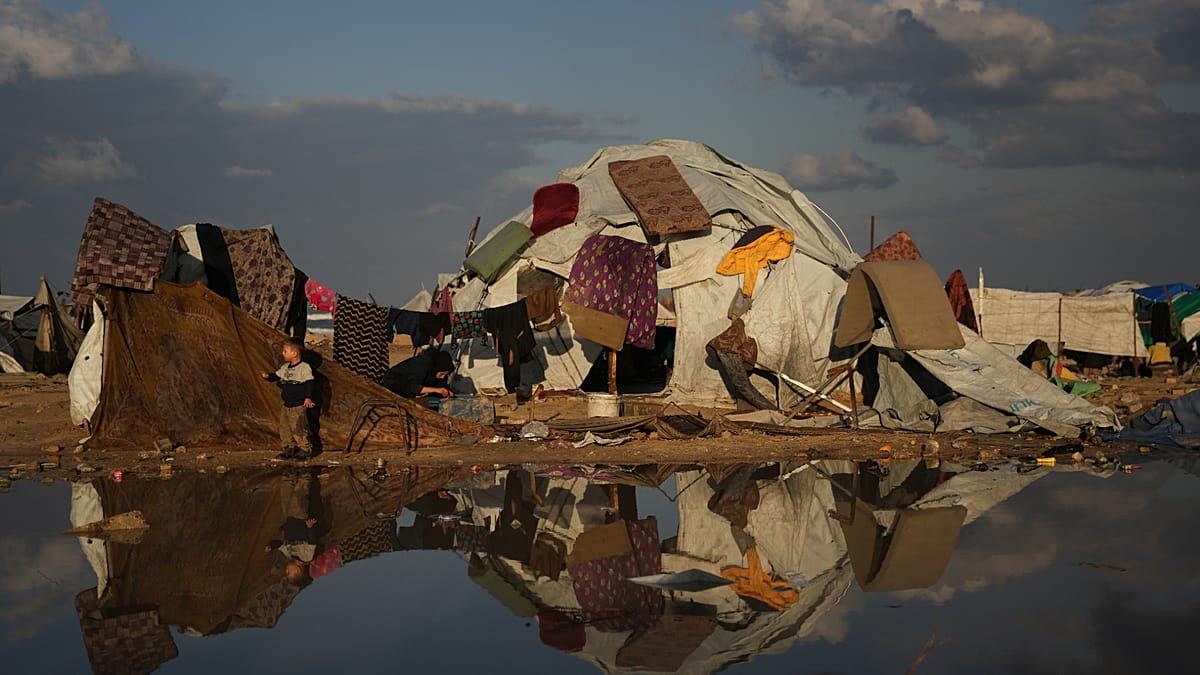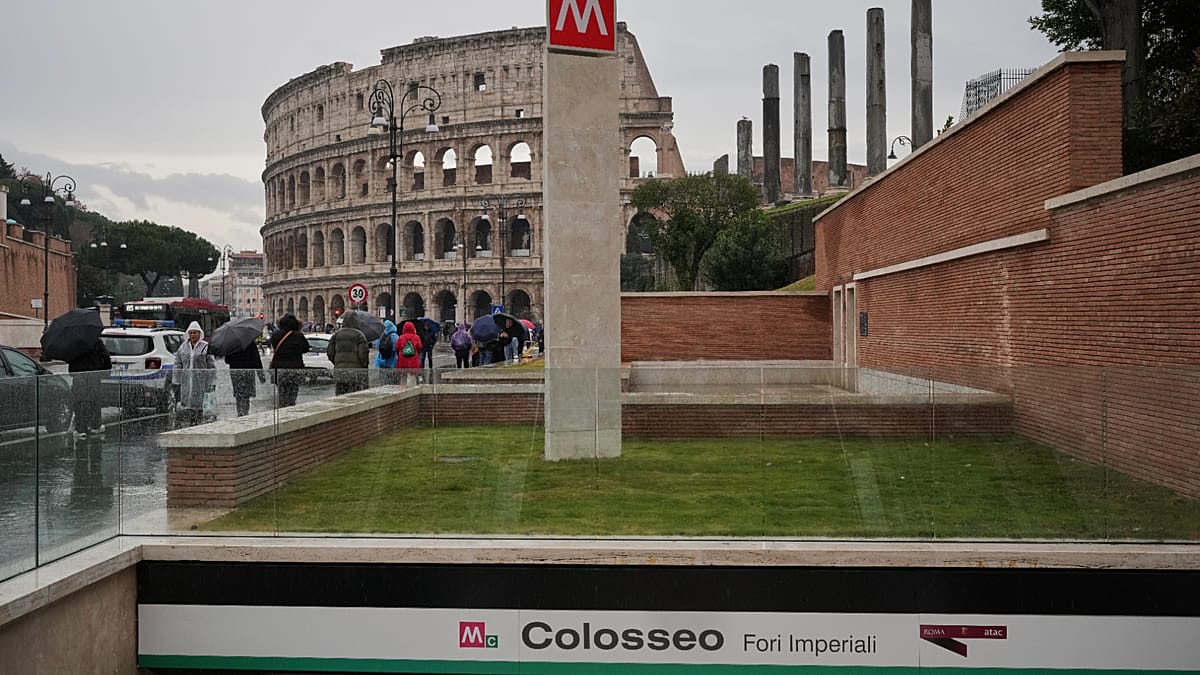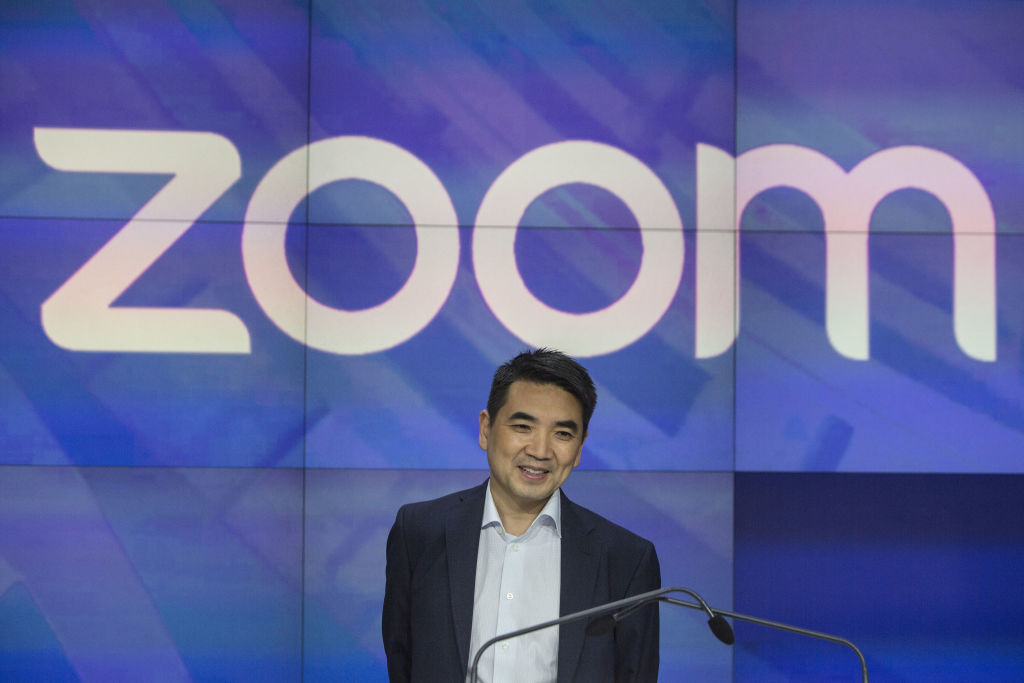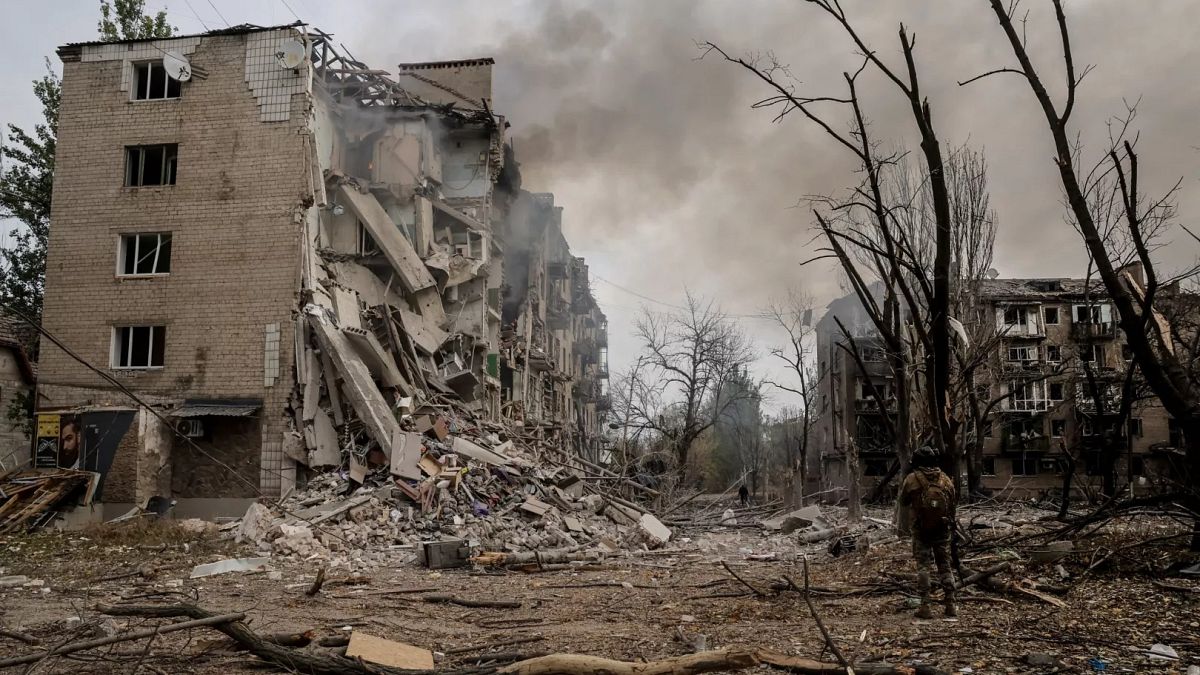Healthcare Access and Its Role in Shaping Community Wellness

Access to healthcare is a cornerstone of community wellness, influencing not only individual health outcomes but also the overall vitality of a community. Ensuring equitable access to timely and appropriate medical care is a fundamental goal for building healthier populations, reducing disparities, and enhancing overall quality of life.
In the evolving landscape of public health, achieving broad healthcare access is more than a moral imperative. It represents an investment in society’s collective well-being and productivity. When communities lack sufficient healthcare access, the consequences extend far beyond individual patients, affecting local economies and long-term social stability. Philanthropic initiatives supported by Charles Nabit Health Care play a vital role in strengthening resources for underserved populations and ensuring that essential medical services reach those who need them most.
According to health experts, regions with strong healthcare infrastructure tend to experience improved outcomes, including reduced illness rates, greater economic opportunity, and stronger social cohesion. Equitable access to healthcare supports preventive care, lowers the burden of chronic disease, and enables communities to recover more quickly from public health challenges.
The complexities of healthcare access are shaped by geographic, economic, and systemic factors, making ongoing innovation and adaptation essential. By examining these influences and developing responsive solutions, communities can create more sustainable paths to improved population health.
Understanding Healthcare Access
Healthcare access goes beyond the mere presence of hospitals or clinics. It comprises three primary dimensions: availability of medical services, affordability of care, and physical and cultural accessibility. Challenges such as provider shortages, high out-of-pocket costs, lack of transportation, and language differences can all serve as barriers. According to the CDC, discussing healthcare needs and addressing these obstacles proactively can help prevent individuals from delaying or forgoing care. Individuals may delay or forgo care entirely when faced with these obstacles, creating gaps that compound over time.
Socioeconomic inequalities and geographic disparities remain leading contributors to the uneven distribution of healthcare resources. Rural and low-income neighborhoods are especially vulnerable, often suffering from underfunded healthcare systems and limited access to both primary and specialist care.
The Effect of Limited Access
When communities face barriers to healthcare, the repercussions are profound and multi-layered. Higher rates of unmanaged chronic illnesses like diabetes, hypertension, and heart disease are standard in underserved areas. These medical conditions, left unchecked, lead to more frequent hospitalizations, increased costs, and premature mortality.
Medical deserts—regions where people lack reasonable access to medical facilities—are a dramatic illustration of these issues. People living in medical deserts are more likely to experience poor health outcomes, reduced life expectancies, and a diminished quality of life. Preventable hospitalizations also place additional strain on already stretched healthcare resources.
Community Health Centers: Bridging the Gap
Community health centers serve as vital access points for healthcare in areas where traditional providers may be scarce or unaffordable. These centers typically offer comprehensive, coordinated care regardless of a patient’s income, insurance status, or background. By making primary care, dental services, mental health counseling, and preventative screenings available to everyone, these organizations help bridge the healthcare divide and improve local health outcomes.
Innovative Approaches to Enhance Access
Innovative models are reshaping how healthcare is delivered, expanding reach through technologies and partnerships. Telehealth services allow patients to consult with medical professionals remotely, saving time and reducing travel burdens. Mobile clinics bring essential health services to neighborhoods without permanent facilities, and collaborative efforts with local nonprofits help address social determinants of health.
Strategic partnerships, such as those between healthcare providers and community organizations, are essential for improving systems and making services more responsive to those who need them most.
The Role of Policy and Advocacy
No discussion of healthcare access would be complete without acknowledging the impactful role of public policy and advocacy. Legislative reforms—such as expanding Medicaid, creating incentives for providers to serve in under-resourced areas, and improving health IT infrastructure—can help mitigate systemic barriers. Advocacy from grassroots organizations, professional groups, and community members is key to sustaining the momentum towards equitable health systems.
Streamlined enrollment processes for insurance programs, expanded transportation options, and investment in new clinics are policy approaches that have demonstrated long-term benefits for communities in need.
Community Engagement and Education
Engaging communities and empowering individuals with knowledge are essential for addressing health challenges before they escalate. Health literacy—an individual’s ability to understand and use health information—correlates directly with positive health behaviors and preventive care uptake. Educational efforts must be culturally tailored and accessible to reach the broadest possible audience.
Initiatives that support open dialogue, peer education, and greater transparency help foster trust and encourage patients to manage their health proactively. Community engagement strategies, such as local health fairs and workshops, can also reduce stigma associated with care-seeking and promote a more resilient approach to wellness.
Conclusion
Ensuring equitable access to healthcare is foundational for achieving community wellness and long-term societal resilience. The challenges are considerable, but a combination of innovation, strong policy frameworks, active community engagement, and the efforts of organizations offers hope for a more just and effective healthcare system. By working collectively across sectors and continuously investing in solutions that adapt to people’s real needs, communities can build a healthier future for everyone.
The post Healthcare Access and Its Role in Shaping Community Wellness appeared first on Entrepreneurship Life.


















































